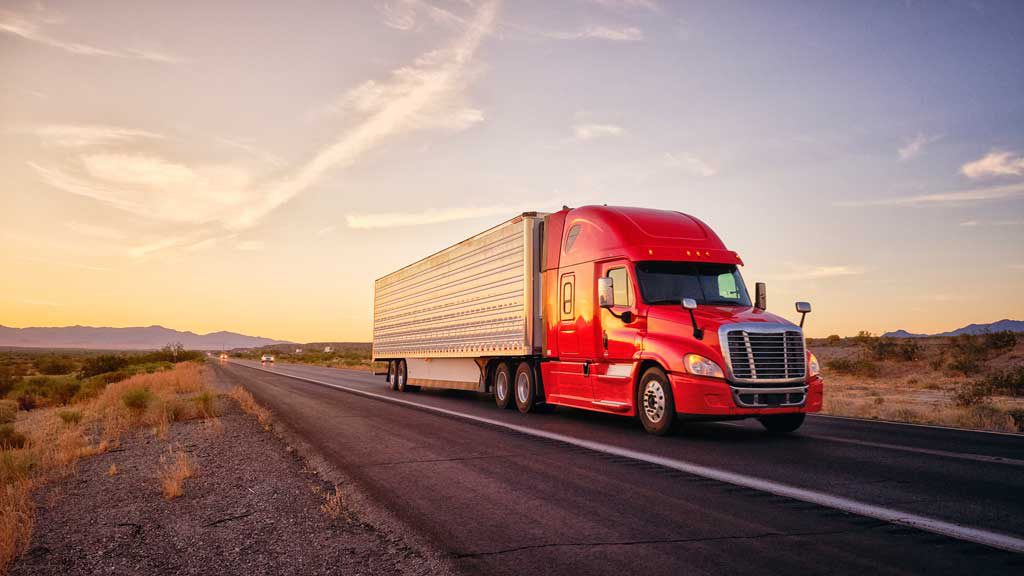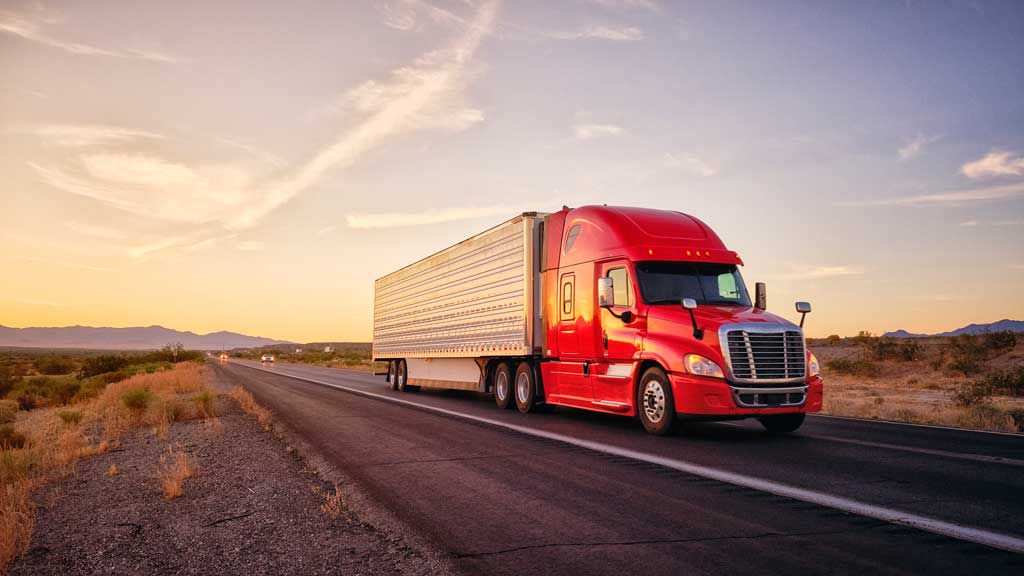Driving on the highway exposes drivers to more risks than on a city street. The higher speeds and constant merging of traffic on the highway increase the likelihood of a collision. Commercial trucks also use the interstate system and, due to their size, further increase the risk of a crash.
Luckily, there are precautions that you, as a passenger driver, can take to avoid causing a truck accident.
The most basic action is to simply pay attention to the road and the cars surrounding you. Driving while distracted is always unadvisable but especially when sharing the road with commercial vehicles. As a responsible driver, you should avoid any activity that takes your attention away from the road.
Additionally, drivers should implement the following practices to avoid causing a truck accident.

Contents
Tips to Avoid Causing a Truck Accident
1. Give Space
Whether you are behind or in front of a commercial truck, it is essential to be aware of the distance between it and your vehicle. Drivers of large trucks cannot control their vehicle’s speed as easily as a passenger car’s driver. You can help reduce the possibility of causing an accident by giving a truck driver additional space.
When following a truck, your minimum following distance should be four seconds. It is easy to ensure you meet this recommendation. Simply pick a marker on the side of the road—a mile marker or other stationary sign works well—and begin counting after the back of the truck has passed it. If you reach the landmark before four seconds have passed, reduce your speed to increase your following distance.
When passing a truck, you should be conscientious of the space you allow in front of the truck when returning to your original lane. Because commercial trucks weigh up to 40 tons, semi-truck drivers cannot slow down as quickly as other vehicles. If you anticipate having to brake soon after passing a truck, you should remain in the left lane for an extra moment to allow sufficient time for the trucker to begin slowing down too.
2. Stay Visible and Avoid Blind Spots
Have you seen a sticker on the back of an 18-wheeler that reads, “If you can’t see my mirrors, I can’t see you?” This is true, and commercial trucks have many more blind spots than smaller vehicles because of their length and height. These blind spot areas include:
- 20 car lengths in front of the cab;
- Directly behind the trailer;
- Between the side view mirror and a few car lengths behind the cab on the right side; and
- From the side view mirror to immediately behind the cab on the left side.
You should note that truck drivers have slightly better visibility on their left side. Their blind spot on the driver’s side is equivalent to about one highway lane, while their blind spot on the right stretches two-lane widths.
Being aware of these blind spots greatly helps a car driver remain visible to a truck driver. Another good rule of thumb is to note whether you can see the driver’s face; if you can’t, then they can’t see you either.
Drivers should also be extremely cautious when pulling over on the side of the highway. Even if your car is stopped, the same blind spots for a moving truck apply. If you have to pull over, be sure to allow a large amount of space between the closest lane and your vehicle.
3. Pass With Care
Just like the road signs say.
It shouldn’t be surprising that the recommendation for passing a truck is to do so quickly and defensively. When passing a truck, you should:
- Pass on the left whenever possible;
- Maintain your speed; and
- Signal early.
Smaller vehicles should not pass trucks on an incline or decline because of the truck’s natural decrease or increase in speed, respectively, due to their size and weight.
By being predictable and visually communicating your intentions to truckers, you give them time to adjust their driving if necessary.
4. Obey Posted Signs
One of the most common causes of truck accidents is speeding. Although you cannot control the decisions of the drivers around you, car drivers can easily heed the speed limit and reduce the chances of a collision.
Similarly, motorists should pay attention to signage communicating passing restrictions, lane restrictions, and upcoming changes in road conditions.
5. Be Predictable
There are many details to which truck drivers must pay attention. And as mentioned above, semi-trucks are not as easy to control as other cars. By making predictable decisions about when to pass and change lanes, drivers of smaller vehicles can reduce the possibility of startling truckers and causing an accident.
6. Be Patient
It is no secret that commercial trucks cannot get up to speed as quickly as smaller vehicles. They also tend to maintain lower speeds. Nearly every driver has been frustrated when stuck behind a slow truck. However, remaining calm and even-tempered will help keep you safe by reducing the risk of a collision.
7. Be Aware of Road and Weather Conditions
Semi-trucks can pose threats to passenger vehicles in ideal driving conditions, so it shouldn’t be a surprise that they become more dangerous when road or weather conditions are poor. Controlling an 18-wheeler becomes very difficult for the driver in narrow construction zone lanes or on icy roads, for example. Passenger vehicle drivers can alleviate some of the stress that truck driver’s feel—and therefore allow them to focus on driving safely—by slowing down, giving the truck extra space, and remaining patient and calm.
What If I Get Into a Truck Accident?
Unfortunately, even following the above tips does not completely guarantee you won’t get into a truck accident. Commercial truck drivers are responsible for nearly 90% of truck accidents, and victims are often entitled to compensation.
If you are the victim of a truck accident or a surviving family member of someone killed in a truck accident, you likely want a truck accident lawyer to handle your claim. Truck accidents are different from two-car collisions because truck drivers have more extensive insurance policies and special regulations. The best way to ensure victims receive fair compensation is to hire an experienced truck accident attorney.



